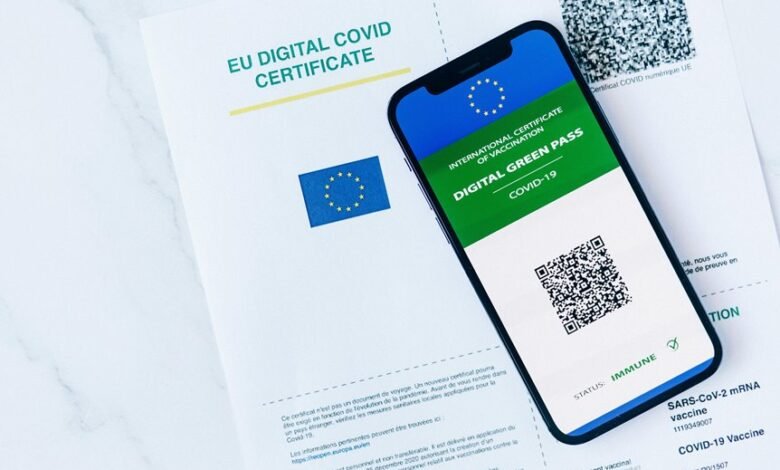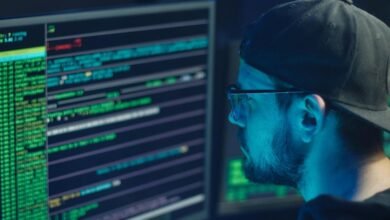Verify Source Identity Behind 3511384993, 3509205347, 3512345025, 3471358364, 3248266412, 3511650670

The verification of source identity behind specific phone numbers, such as 3511384993 and 3509205347, is crucial in today’s digital age. Many individuals encounter unknown callers, raising concerns about potential scams. Utilizing caller identification tools and reverse lookup services can yield important insights into these numbers. However, the effectiveness of these methods varies, and understanding the broader context of unknown calls is essential. What strategies can one employ to discern legitimacy effectively?
Understanding Phone Number Verification Methods
Although many individuals and organizations rely on phone numbers for communication, verifying the identity behind these numbers is essential to ensure authenticity and prevent fraud.
Phone verification methods often include cross-referencing caller information with databases, utilizing two-factor authentication, and employing automated systems for identity confirmation.
These strategies enhance security, empowering users to make informed decisions regarding their interactions while safeguarding their personal freedoms.
Tools for Identifying Unknown Callers
Identifying unknown callers has become increasingly important in a world where phone scams and unsolicited communications are rampant.
Tools such as caller ID and reverse lookup services empower individuals to discern the identity behind unfamiliar numbers. These resources allow users to investigate potential sources of calls, enhancing personal security and enabling informed decisions regarding whether to engage with the caller or not.
Common Scams Associated With Unknown Numbers
Numerous scams are associated with unknown phone numbers, posing significant risks to unsuspecting individuals.
Common tactics include impersonating government agencies, tech support fraud, and lottery scams. Victims may unknowingly share personal information, amplifying their vulnerability.
Effective scam prevention strategies emphasize the importance of caller identification tools, enabling individuals to discern legitimate calls from potential threats, thereby safeguarding their personal and financial information.
Steps to Take When Receiving Suspicious Calls
Receiving suspicious calls can be a disconcerting experience for many individuals, prompting a need for a systematic approach to handle such situations.
Implementing call screening techniques is essential, as it allows one to filter out potential scams. Additionally, staying informed about scam alerts can empower individuals to recognize and respond appropriately, ensuring personal safety and minimizing the risk of falling victim to fraudulent schemes.
Conclusion
In the intricate web of communication, where shadows of anonymity often linger, verifying the source of unknown phone numbers becomes paramount. By employing caller identification tools and reverse lookup services, individuals can illuminate the obscured identities of these voices on the line. As the specter of scams looms, vigilance and informed actions serve as a protective shield, safeguarding against the deceptive allure of fraudulent schemes. Ultimately, knowledge transforms uncertainty into clarity, allowing one to navigate the murky waters of telecommunication with confidence.




